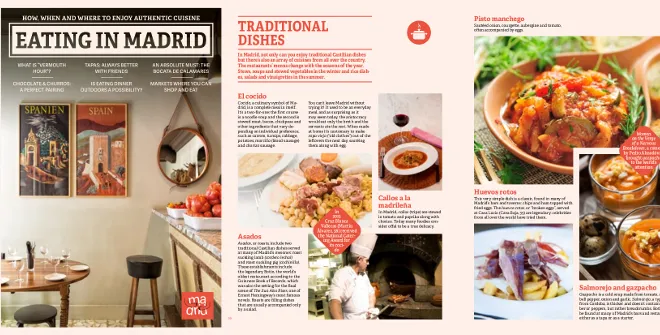Enotourism in Madrid
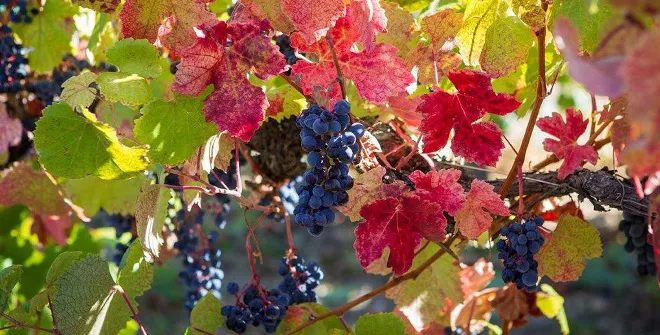
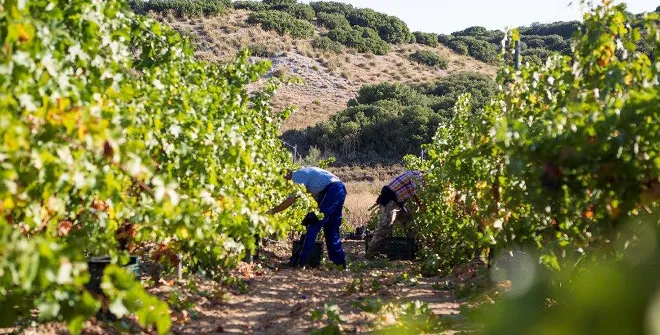
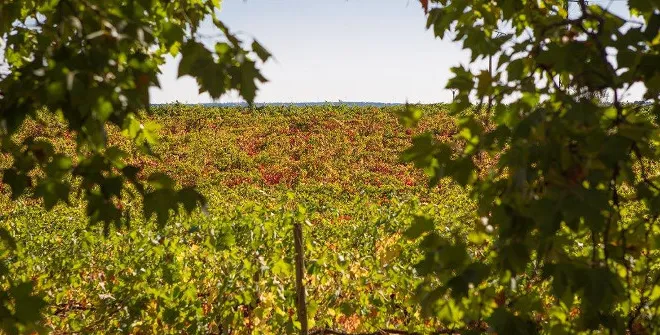
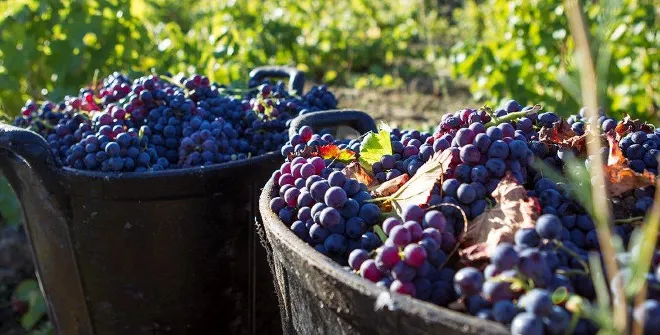
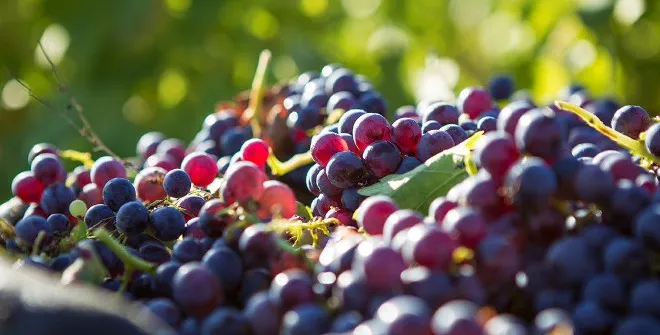
Spain is one of the leading wine producers in the world and the Madrid region has been improving its vintages in recent decades.
There is proof of the existence of wineries and viticulture since the 12th century, although it is known that the Romans took advantage of the Madrid area, in the geographical centre of the Spanish peninsula, to cultivate vines in their maximum splendour and take advantage of these lands which passed through some of the Empire’s main communication routes.
Since 1990, the name of Madrid is the only one of the capitals of the world that gives its name to a Designation of Origin: “Vinos de Madrid” (which already boasts 51 associated wineries)
Today, Madrid produces over 4 million bottles each year, some authentic gems for the palette which are worth tasting. After years of surprises in which experts were amazed to discover that there were vineyards a few kilometres from the big city, production has been earning well deserved respect within our borders and beyond, where medals and distinctions are starting to recognise the task of our climate, soils and professionals.
Some of Madrid’s century-old restaurants have a wine list that enables you to sample a selection of D.O wines from Madrid, as is the case of Malacatín restaurant. Among the places where you can get avant-garde cuisine and a fine selection of regional wines too, there’s DiverXo, the restaurant run by chef David Muñoz.
The ‘Wines of Madrid’ Designation of Origin is unique, but the differences between some cultivation areas enable four differentiated sub-areas to be established:
Arganda Sub-Area
- Grape: especially Malvar and Tempranillo.
- Soils: resilient soils with a loam or clay-loam texture. Calcareous and gypisferous with basic pHs (between 7.5 and 8.5)
- This area is home to 50 percent of the registered vines. They grow on the plains and meadows of the nearby rivers: Jarama, Tajuña and Tajo.
Navalcarnero Sub-Area
- Grape: Garnacha Tinta predominates.
- Soils: of siliceous origin, but sedimentary due to the action of the River Guadarrama with a sandy loam texture and acidic or almost neutral pHs.
- It brings together 15 percent of Madrid’s vines and is produced in the countryside and meadow areas.
San Martín Sub-Area
- Grape: Albillo Real and Garnacha Tinta.
- Soils: eminently granitic with the presence of gneiss and filonian rocks, with acidic or neutral pHs (between 5.5 and 7.5), absolute absence of carbonates and sandy-loam textures.
- It represents 35% of our vines, which grow on hillsides and the foot of the eastern side of the Gredos Sierra, and on the floodplains of the River Alberche.
Subzona de El Molar
- Grape with special, unique characteristics due to the climate conditions, height and granite and slate soil.
- It is the only one located in the north of the region.
- It is made up of Colmenar Viejo, El Molar, El Vellón, Patones de Arriba, Pedrezuela, San Agustín de Guadalix, Talamanca del Jarama, Torrelaguna, Torremocha del Jarama, Valdetorres de Jarama and Venturada.
Visiting the wine regions of Madrid is a perfect opportunity to discover some of the most interesting spots of the landscape, history and heritage of our region. The Community of Madrid suggests 6 routes which cross the wine regions:
- "The Arrival of the Roman Empire"
A journey to the Roman past of Spain and Madrid. We go back to the year I B.C., when wine-making began. The route starts in the former Complutum (Alcalá de Henares), and we can travel the lands of Campo Real, Valdilecha, Carabaña, Tielmes, Perales de Tajuña or Titulcia.
- "The Valley of the Churches and the Cistercian Legacy"
Sub-area of San Martín de Valdeiglesias where the Cistercian Order developed the wine activity. The route visits monuments in the municipalities of Pelayos de la Presa, San Martín de Valdeiglesias, Cadalso de los Vidrios, Cenicientos and Villa del Prado.
- "TheTajo and the Wines of the Santiago Order"
It crosses the lands donated to the Santiago Order by Alfonso VIII thanks to their efforts during the Reconquest, when the order made vines flourish. The route goes through Villarejo de Salvanés, Fuentidueña de Tajo, Belmonte de Tajo, Colmenar de Oreja to end up in Castillo de Oreja.
- "Kings’ Way"
This reproduces the journey made by the courts of Austrias and Borbones on the path between Navalcarnero and Aranjuez, passing through El Álamo.
- "Scenes and Chronicles of Francisco de Goya"
Some of the places that inspired Goya to portray the wine world in his paintings. The route visits Vega del Jarama, Villaconejos, Chinchón and Valdelaguna.
- "The Railway Era”
It describes the hopes of the wine producers with the construction of the railway between the area and the city of Madrid between 1850 and 1880. The route, which begins in the capital, visits some of the most important wine spots in the sub-area of Arganda: Arganda del Rey, Morata de Tajuña, Perales de Tajuña, Tielmes, Carabaña, Orusco de Tajuña, Villar del Olmo, Nuevo Baztán and Pozuelo del Rey.
In the province of Madrid, just a few kilometres from the city, we can visit wineries and vineyards to discover the reasons behind the growing fame of our “Vinos de Madrid” Designation of Origin. Here are some suggestions:
- Bodega del Nero. Traditional winery that has re-opened recently.
- Bodega Señorío de Val Azul. Modern and recently created winery devoted to making crianza wines.
- Bodega Peral. Urban winery with historical production structures, storage room and well conserved high quality caves.
- Bodegas and viñedos Pedro García: Traditional winery located in the heart of the old quarter of Colmenar de Oreja.
- Bodegas Pablo Morate. Founded in 1873, it combines tradition and modernity and has a beautiful wine museum open to the public.
- Muñoz Martín. The traditional flavour of typical wines from Madrid in an urban winery where the innovative is combined with the traditional.
- Bodega Las Moradas de San Martín. Winery inspired by old traditions of the area set in the unique location of “Pago de los Castillejos”.
- Bodega Hermanos Díaz Ocaña CB. The first winery registered under the “Vinos de Madrid” Designation of Origin and the oldest in Colmenar de Oreja.
- Bodega Viñas El Regajal. Winery located in the Regajal-Mar de Ontígola Reserve with panoramic views of the town of Aranjuez.
- Vinícola de Arganda. Cooperative society in an industrial area of Arganda del Rey.
- Bodega Virgen de la Poveda. Winery in the heart of Villa del Prado.
- Cooperativa Cristo del Humilladero. Winery in the midst of a reactivation process.
- Bodega Licina. Vineyard at the feet of a castle.
How to get there:
Wine Bus. This company organises visits from the city to some of the region’s most interesting wineries.
Further information in the Town Halls that form part of Madrid Ecotourism:
Colmenar de Oreja | Tielmes | Nuevo Baztán | Navalcarnero | Villarejo de Salvanés | Alcalá de Henares | Aranjuez | Valdelaguna | Cadalso de los Vidrios | Chinchón | Villa del Prado | El Álamo | Aldea del Fresno | Morata de Tajuña
Fine wine lovers visiting Madrid can find several outstanding wineries and bodegas and enotecas. The most outstanding ones are:
- La Tintorería. Gurtubay, 4 and Marqués de Zafra, 35.
Over 1,500 references selected by expert winemakers. - Lavinia. José Ortega y Gasset, 16.
One of the largest wine shops that can be visited in the whole of Spain. Over 5,000 labels for all pockets. - Santa Cecilia. Blasco de Garay, 74 and Bravo Murillo, 50
Opened in 1920, almost a century later, it is still a reference with around 5,000 references. - Mantequerías Bravo. Ayala, 24
It maintains its beautiful classic grocery store atmosphere whilst it continues to extend and innovate its catalogue of harvests and designations of origin. - Cuenllas. Ferraz, 3 and 5.
It has maintained its origins as a former dairy and has extended its wine list with an excellent selection. - La Fisna. Calle del Amparo, 91
Surrounded by art galleries, this small establishment offers this other form of cultural expression, which is wine. A good selection of Spanish labels. - La Carta de Vinos. Fernando el Santo, 21
A very important selection of Spanish wines and tasting area by the glass. - Vino & Compañía. Plaza de Olavide, 5.
Short courses and tasting sessions every Friday afternoon. - Dis Tinto Taberna. Duque de Medinaceli, 12. It offers between 300-320 references of different types and different nationalities and designations of origin.
- Vides. Libertad, 12. It offers 125 wines from 72 different D.O. and 65 grape varieties. Each week, we are offered the chance to sample the “wines of the week”.
- Propaganda 12. Libertad, 12. A modern and cosmopolitan winery with a variety of more than 300 labels.
Vinology. Conde de Aranda, 11. A bar that’s a tribute to wine, promoting the cultural value of artisan wines, run by Argentine sommelier Pilar Oltra.
Further information: madridenoturismo.org
DON’T MISS
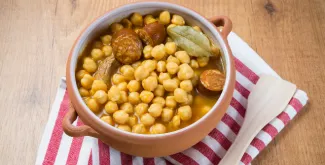
The Flavours of Madrid
Savoury dishes and sweets, tapas and wines of the land. What and where to eat in Madrid.
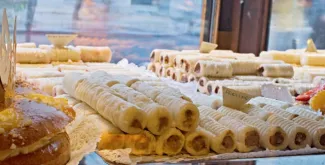
Traditional Sweets
Make room in your tummy because you won't want to miss out on these mouth-watering treats.
